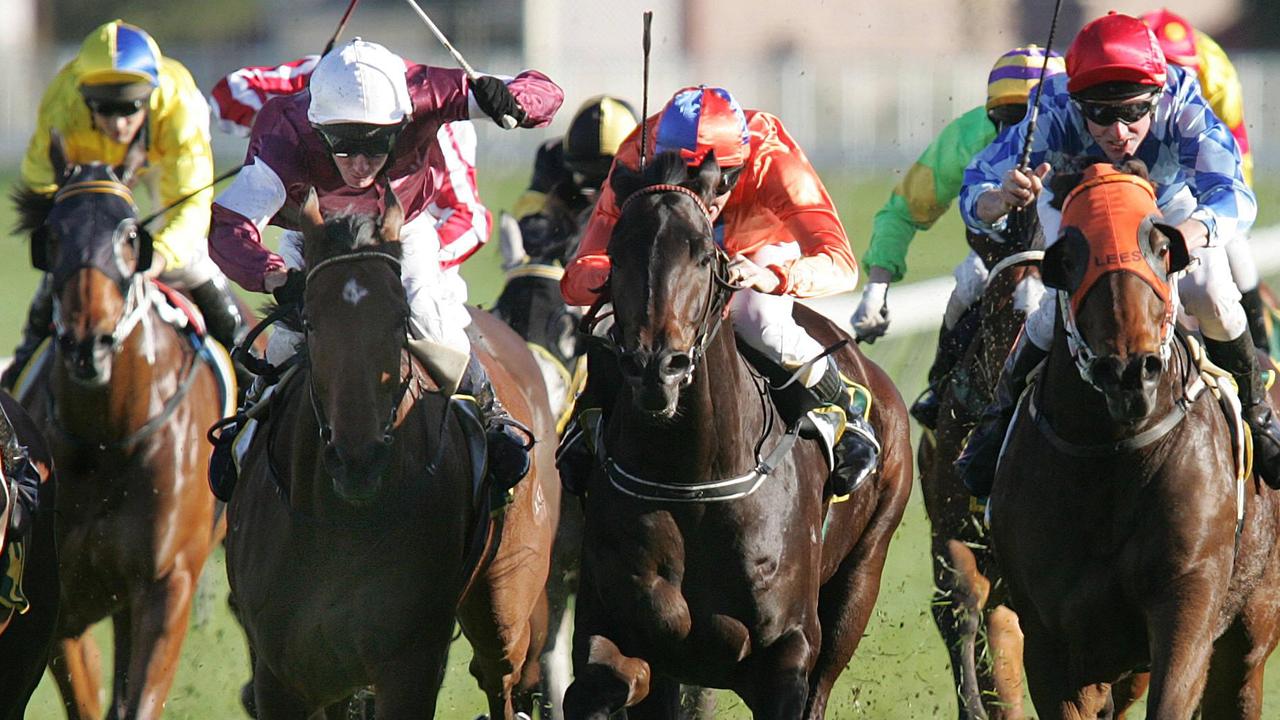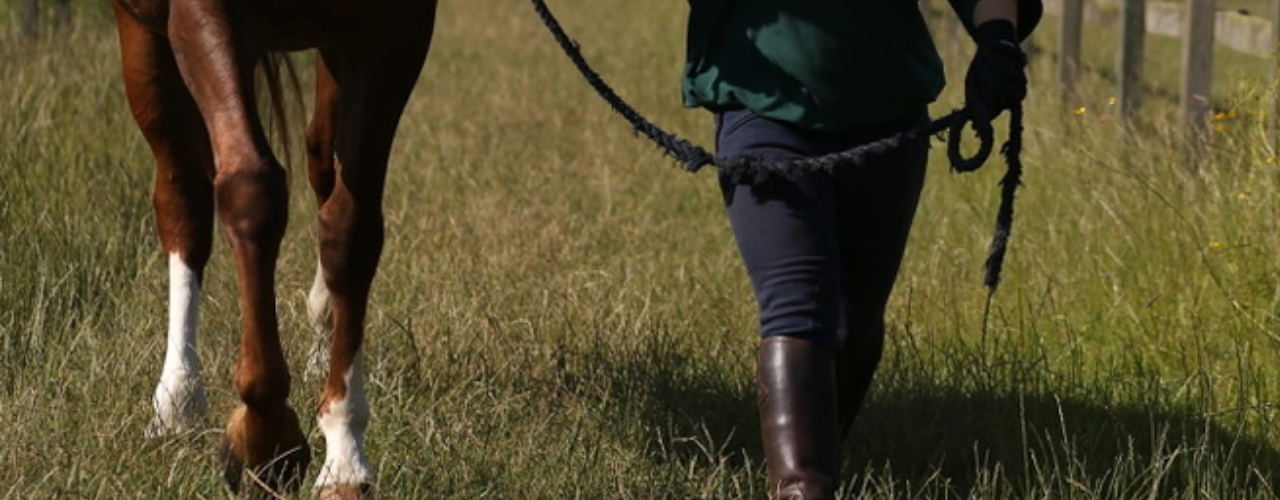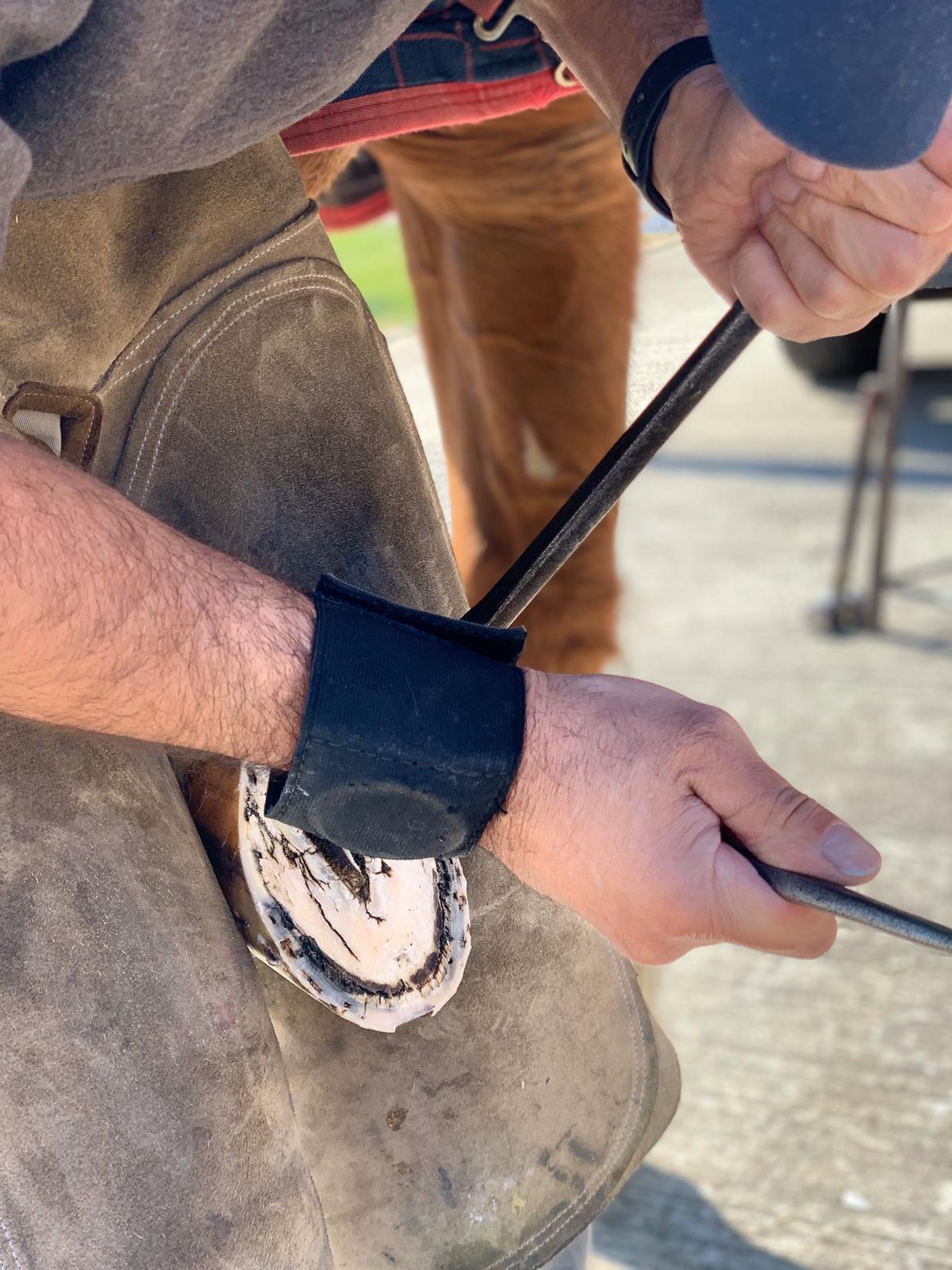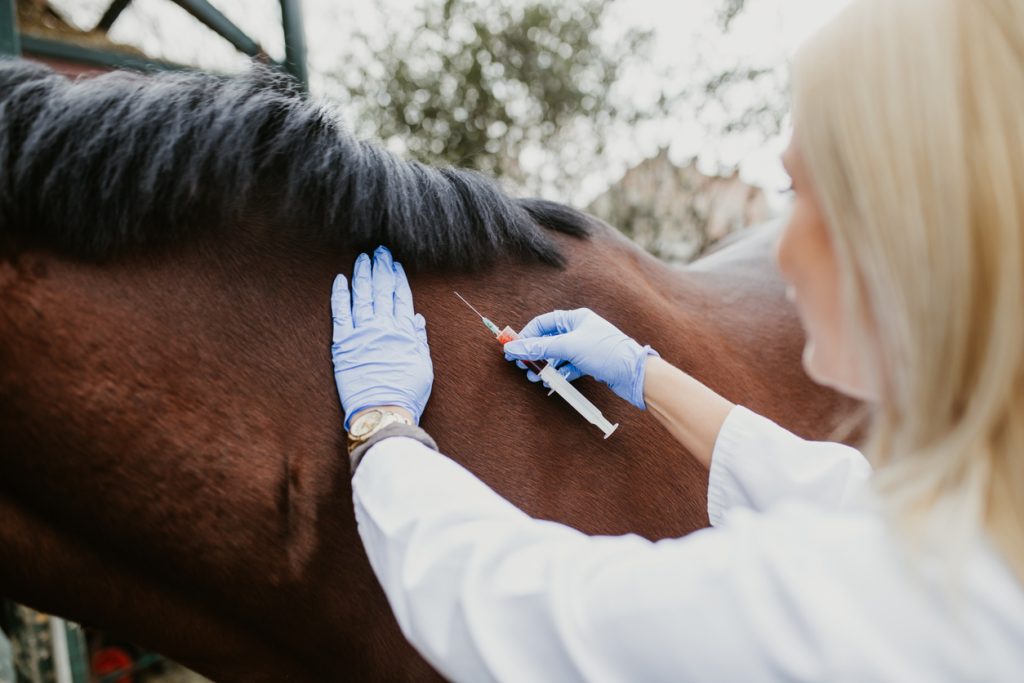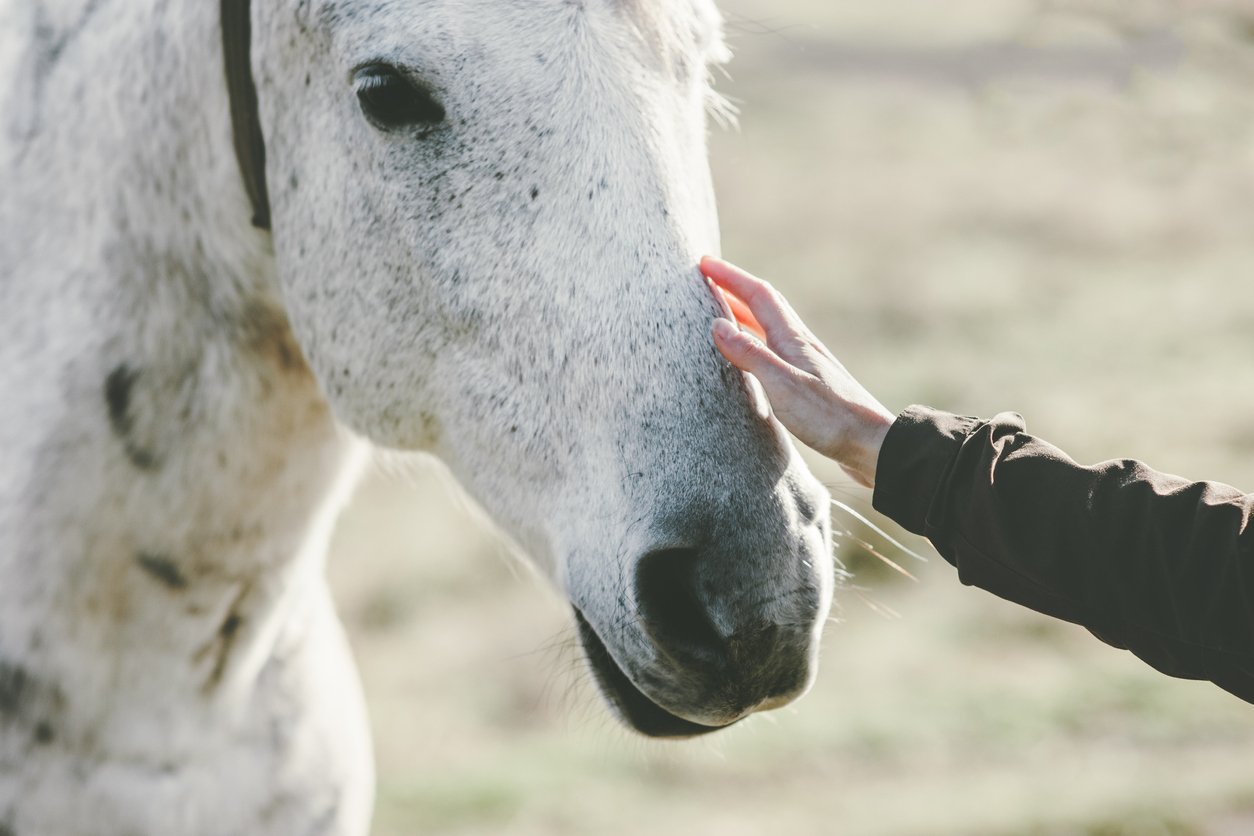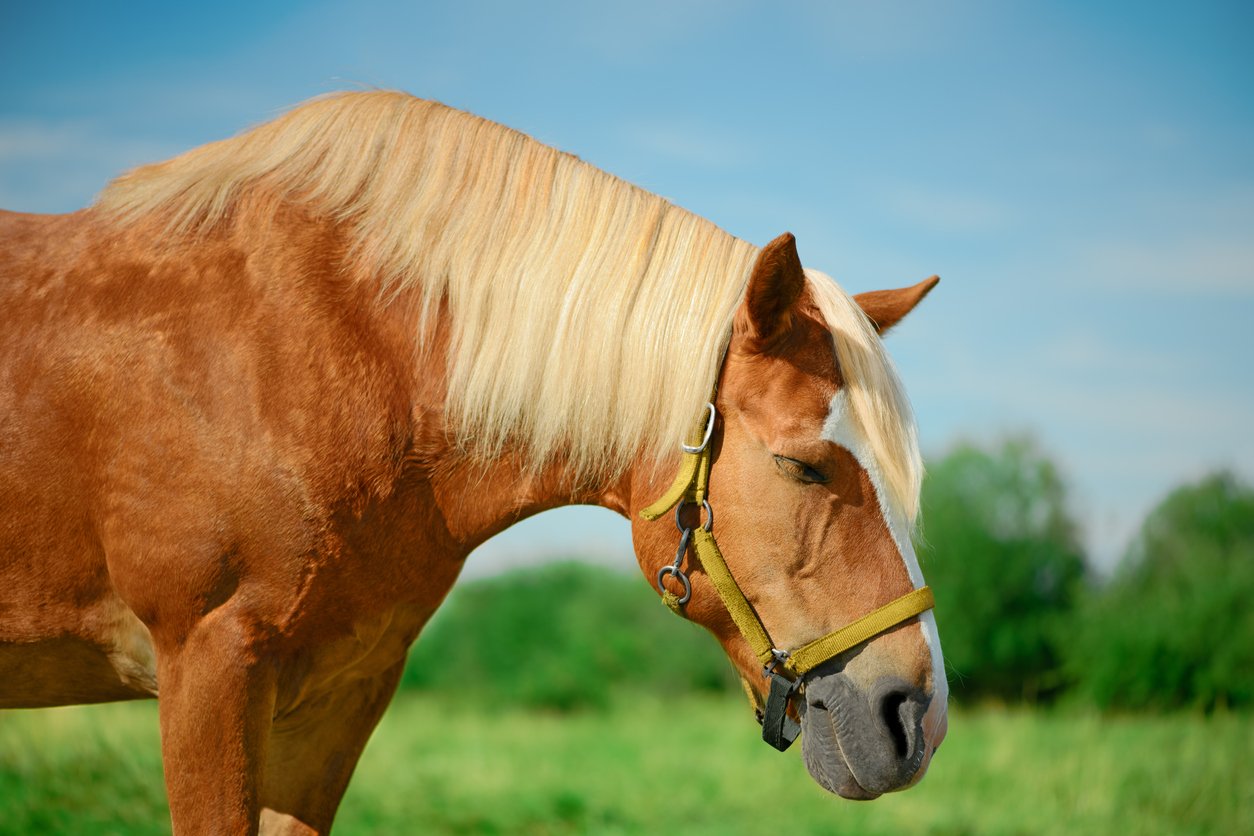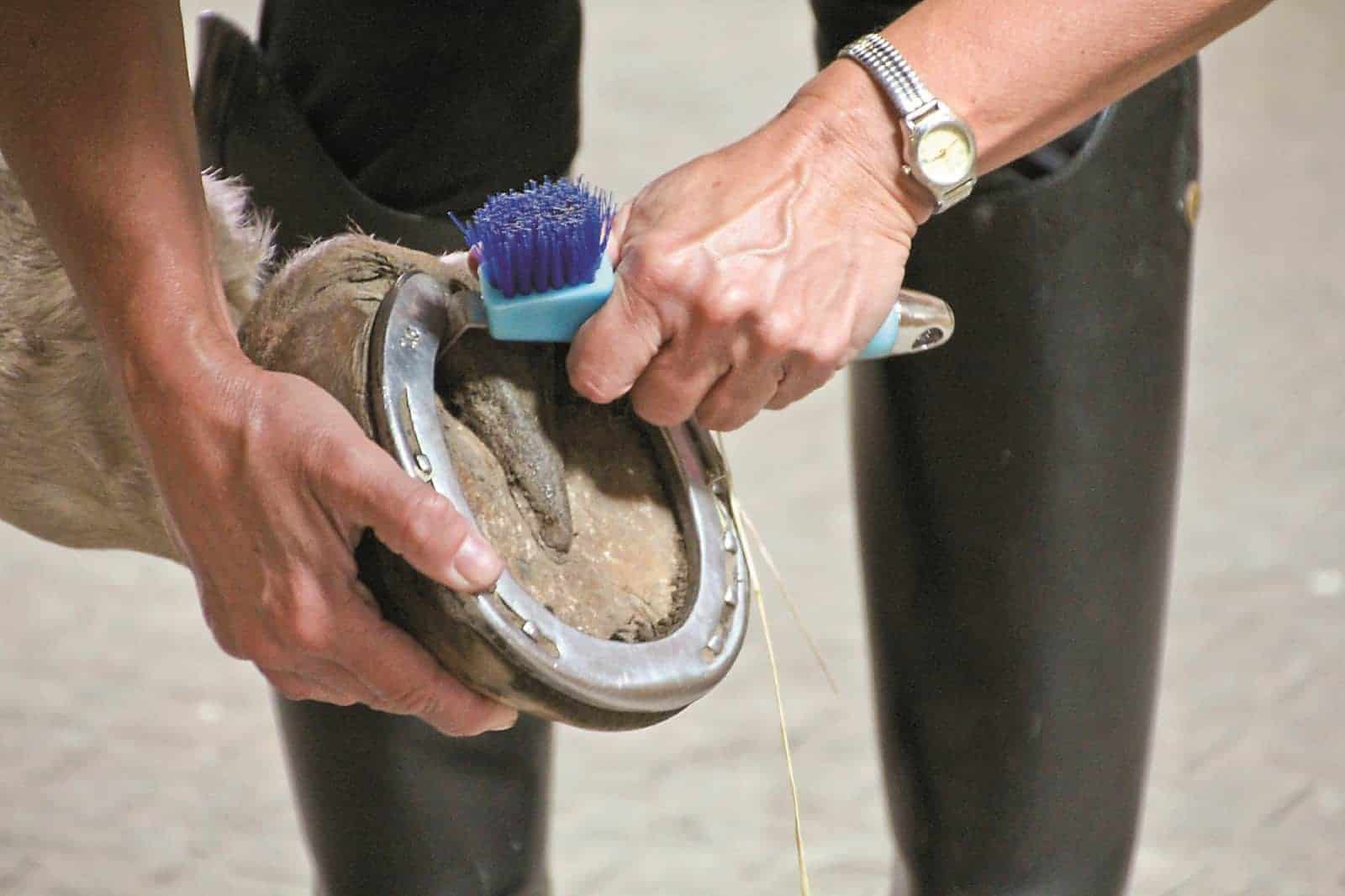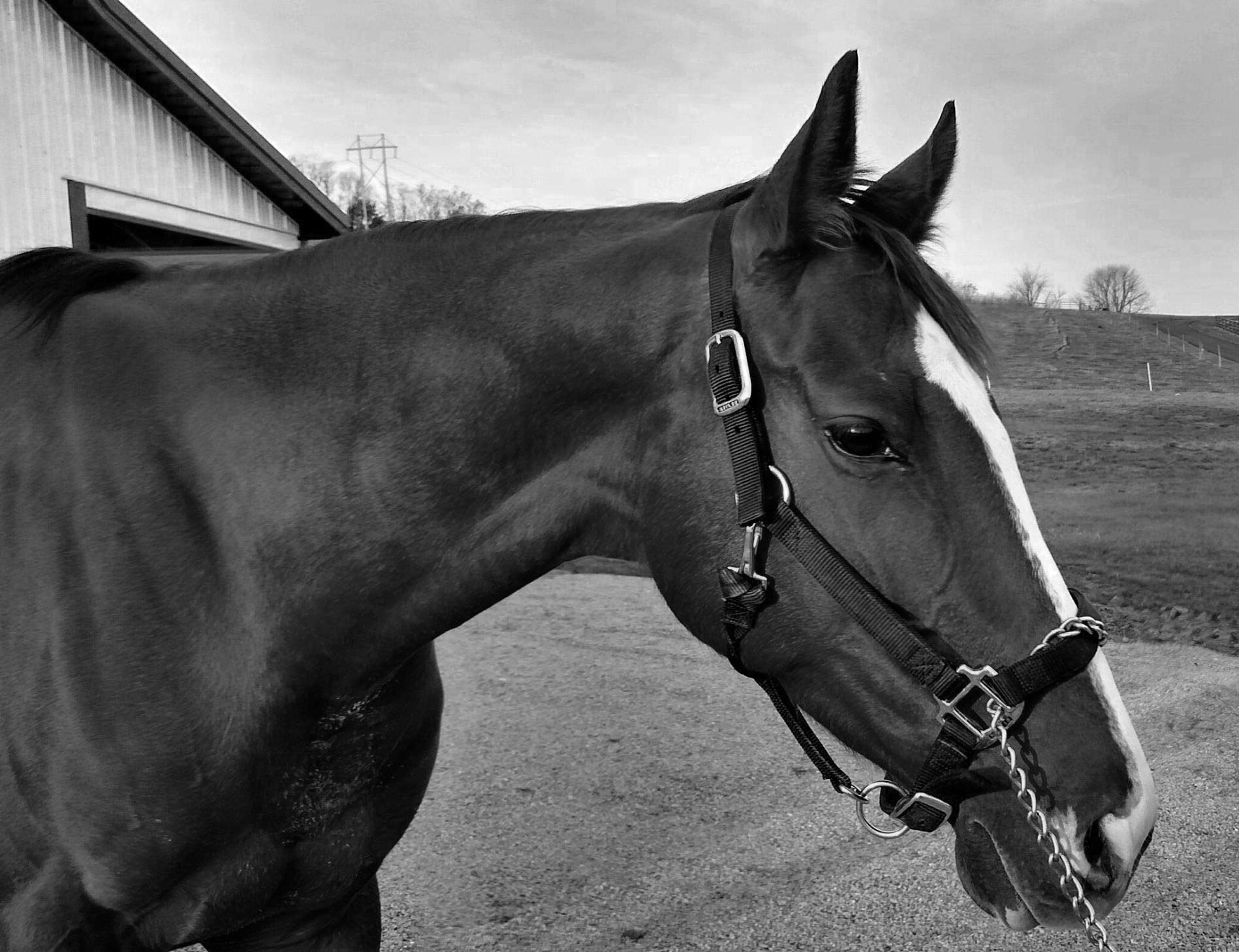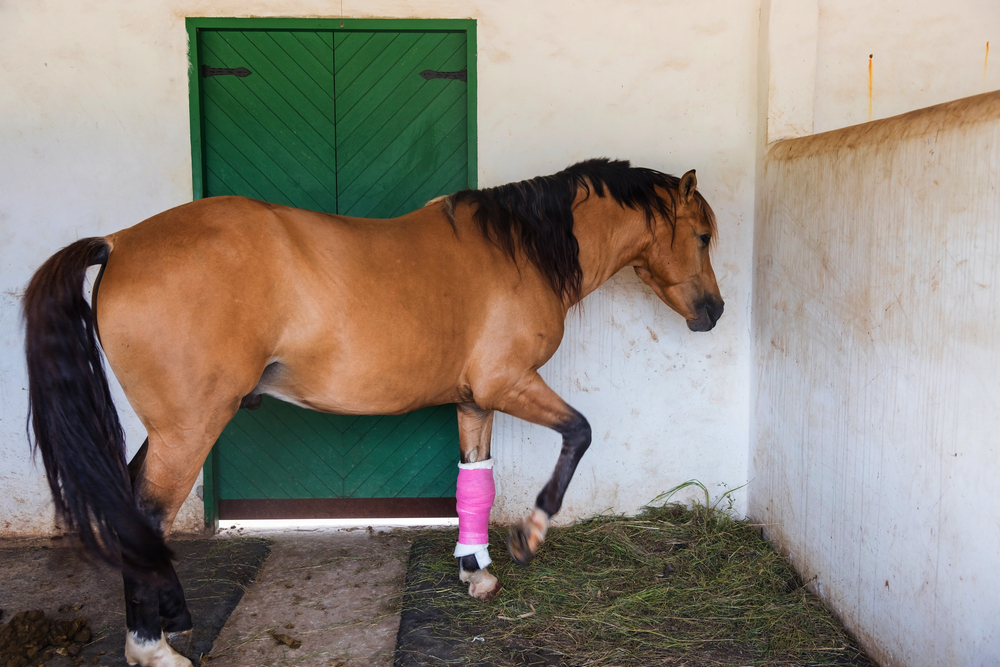Awe-Inspiring Examples Of Tips About How To Treat A Lame Horse
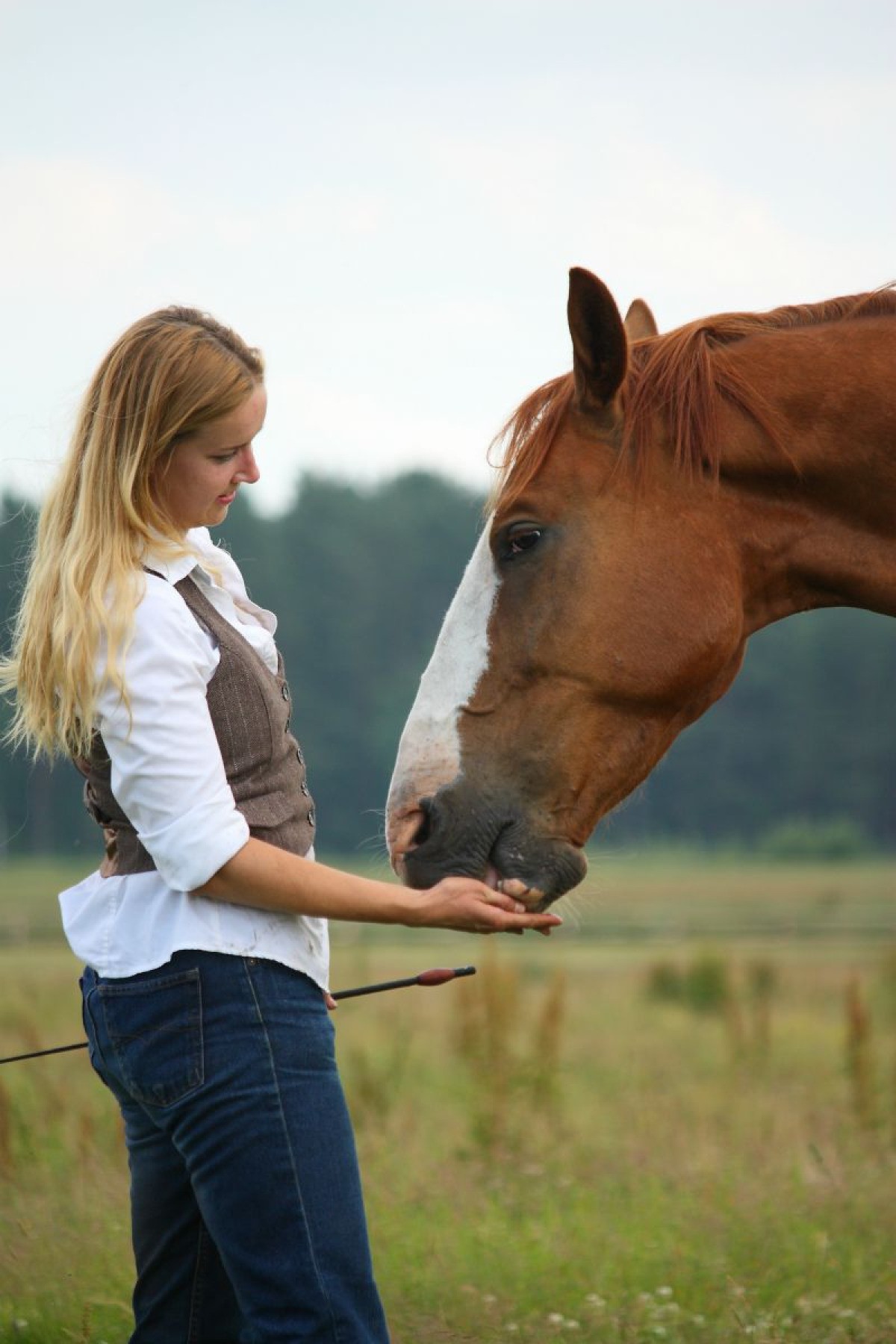
Firstly, you should clean out your horse’s hooves with a hoof pick.
How to treat a lame horse. Most lameness affects the forelimbs, and 90 percent of the. Wear and tear happen on a regular basis from normal rising, so it is best to. Lameness is the #1 cause of loss of use in horses.
There are sometimes stones trapped within the horse’s hooves, which can cause lameness. A horse is said to be lame when its normal stance or gait is changed by a problem in one or more of the limbs, the neck, the trunk, or the quarters. Silver lining herbs #12 feet and bone support is great for the prevention of lameness.
In many cases, a lame horse will require rest and a considerable spell to allow for repair of the damaged tissues. It is quite a painful situation, for example, stepping on a sharp object. While there is no 100%.
Look for dark spots that might indicate a. And it is becoming increasingly common in the equine world. When we are working our horse through and.
Lameness is not a specific. Pick the horse's feet and make sure no rocks are wedged into crevices. Prevent the first step for any health concern is prevention.
The “ forelimb lameness horse ” is a common health issue in horses. Having a horse come up lame is often a painful, expensive, and thoroughly disheartening experience. There is an uncommon type of shoulder lameness in horses that produces a dropped elbow and flexing of the carpus (knee) and pastern at rest.
If you can manage your horse carefully and avoid injury altogether, you’ll always be ahead of the. It can be caused by many different things and is commonly seen in older horses. To prevent this, you should make it your.
Begin with the feet, since many cases of lameness begin here. Horses are susceptible to a number of problems that can cause lameness. This is possibly something known as bridle lameness.
Head bobbing if the lameness is severe, you may even notice a horse’s head bobbing or nodding noticeably as it trots or walks, especially as it tries to shift the. The most common cause of lameness is an injury to the foot or leg. Trauma to the foot of the equine can lead to lameness in horses.

